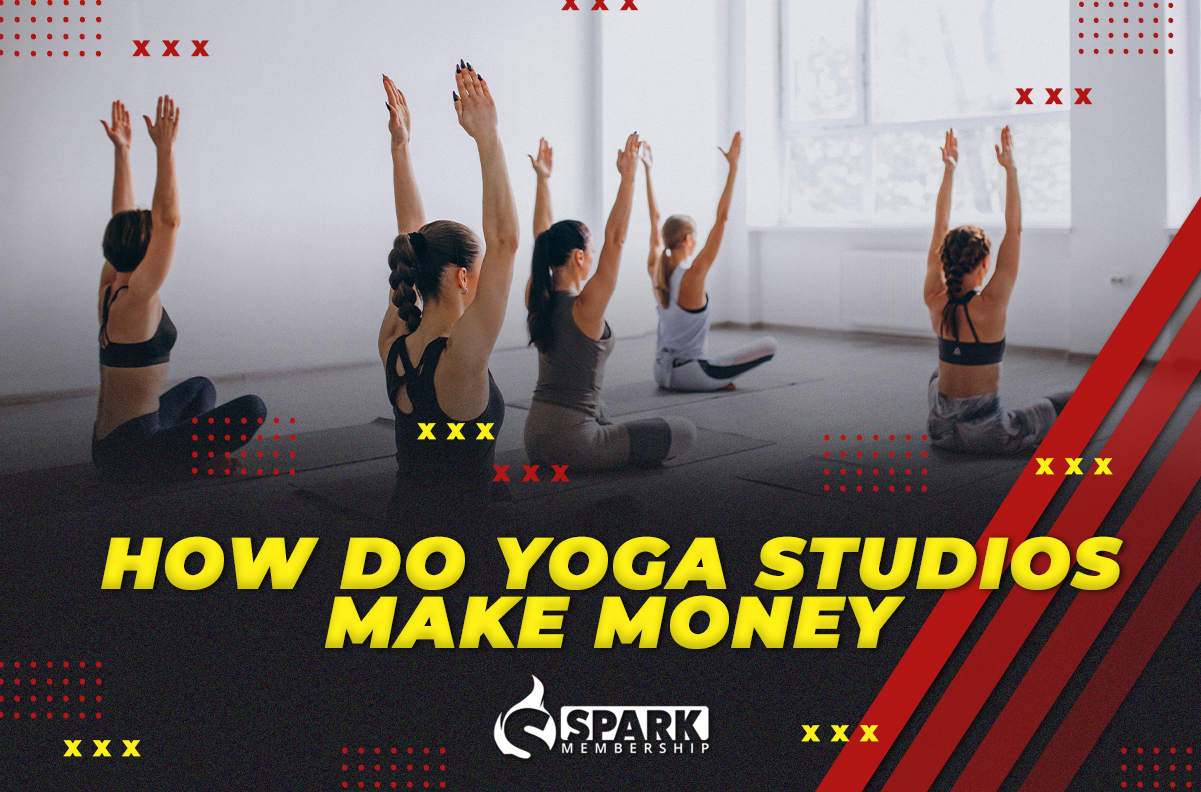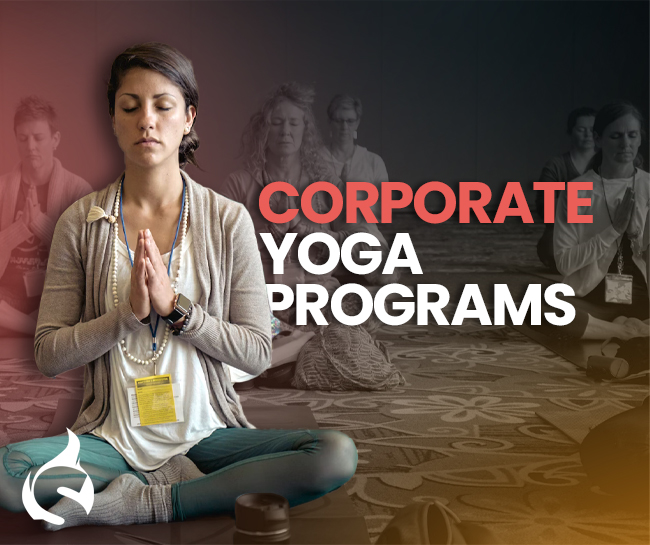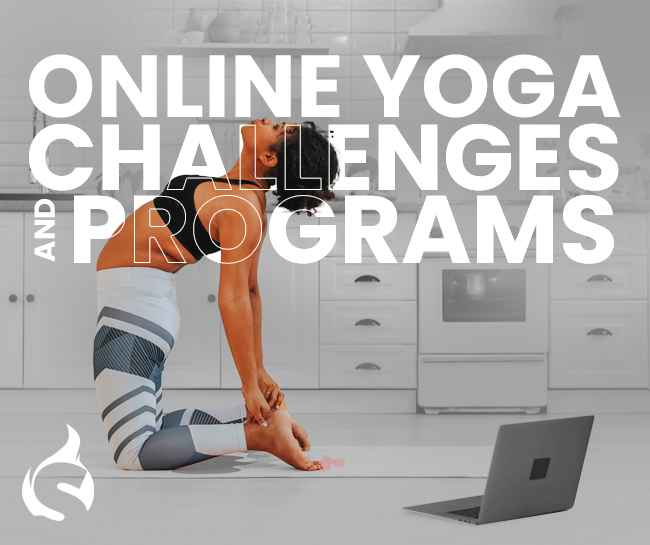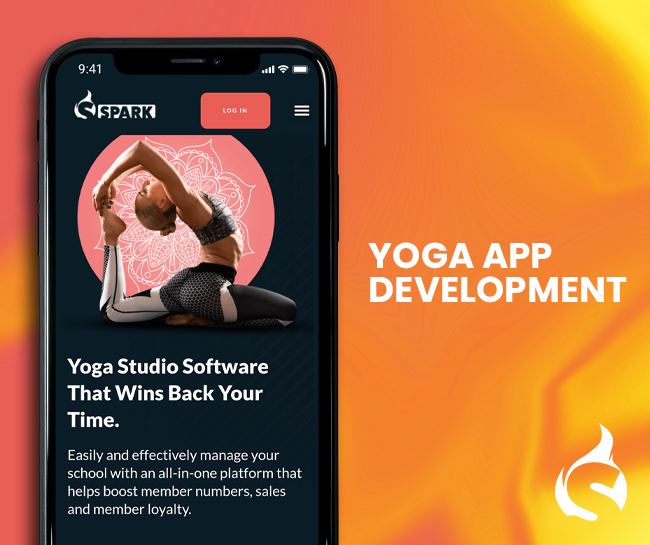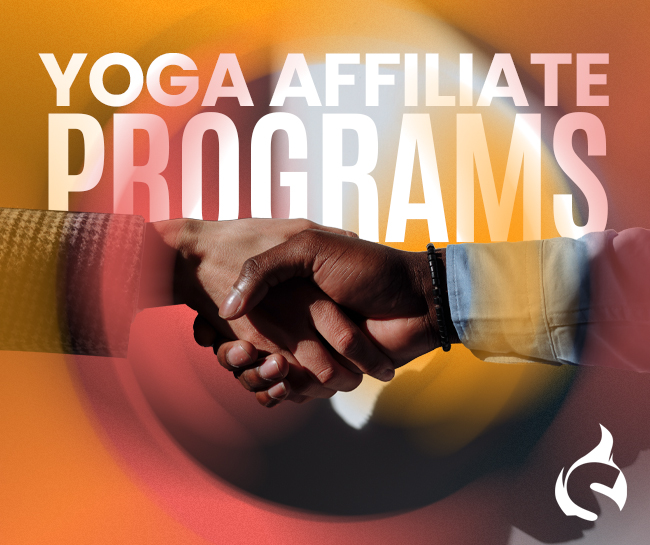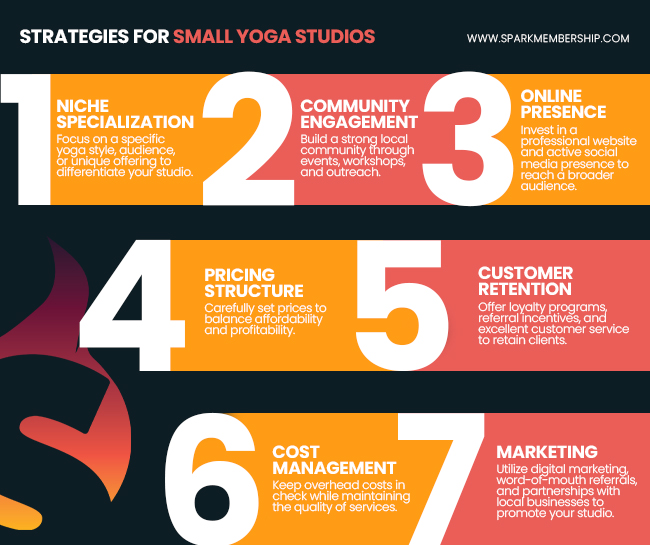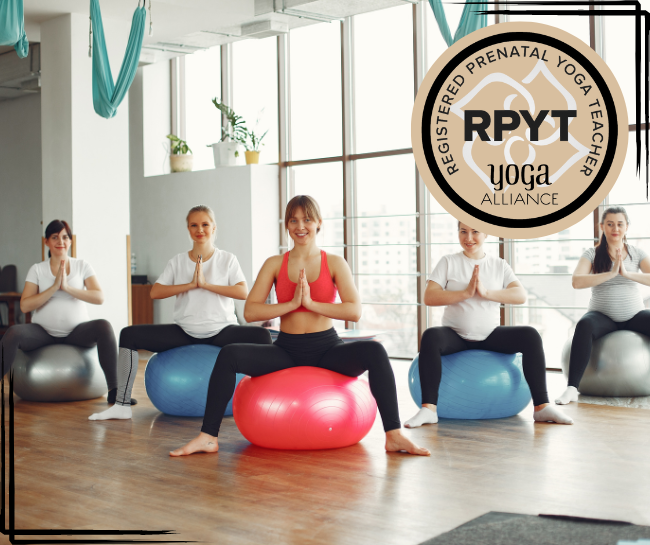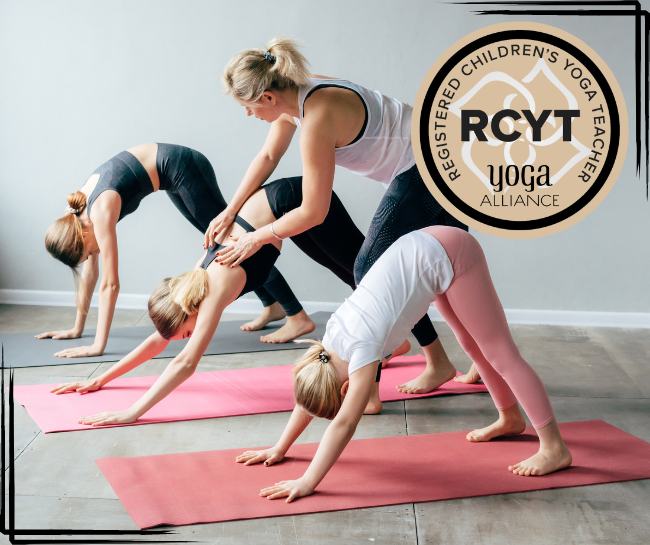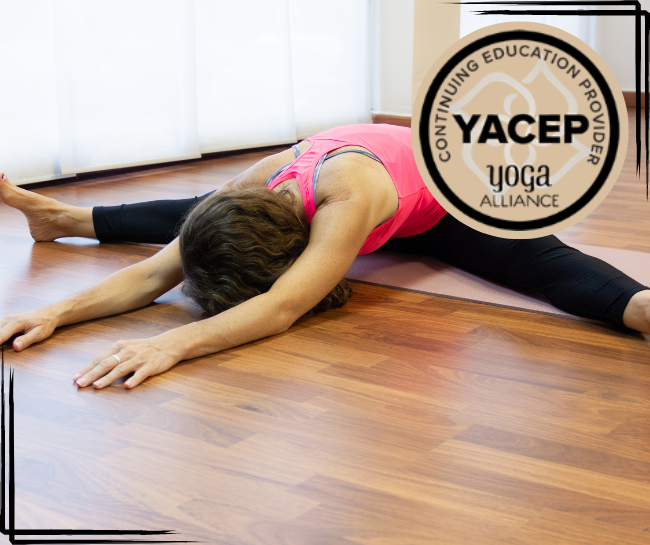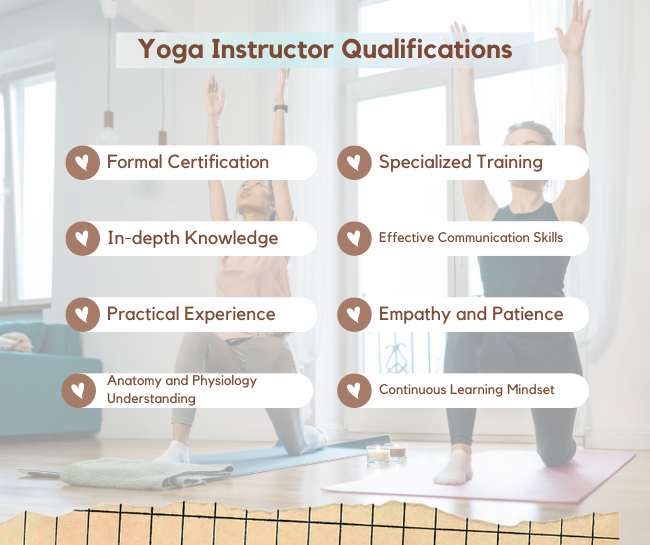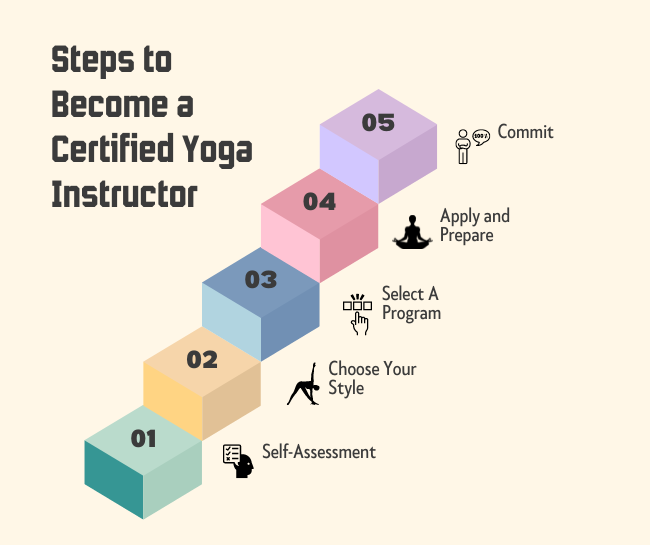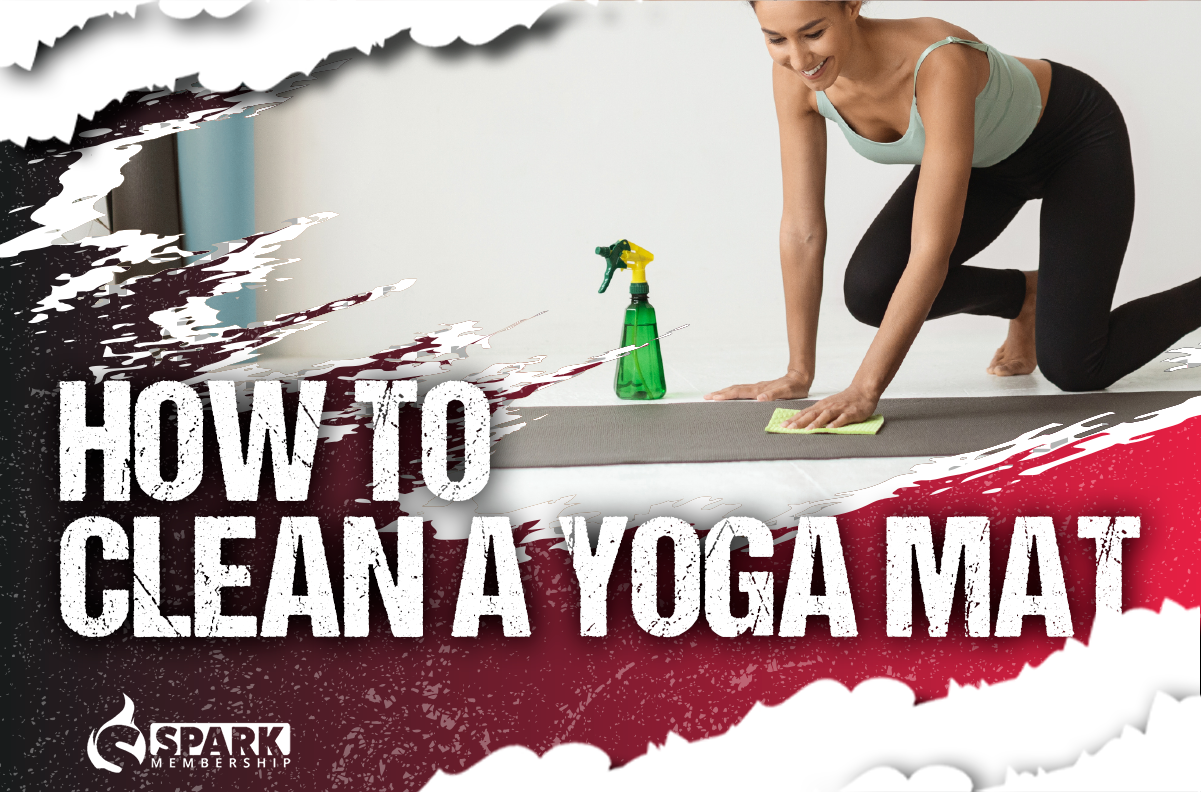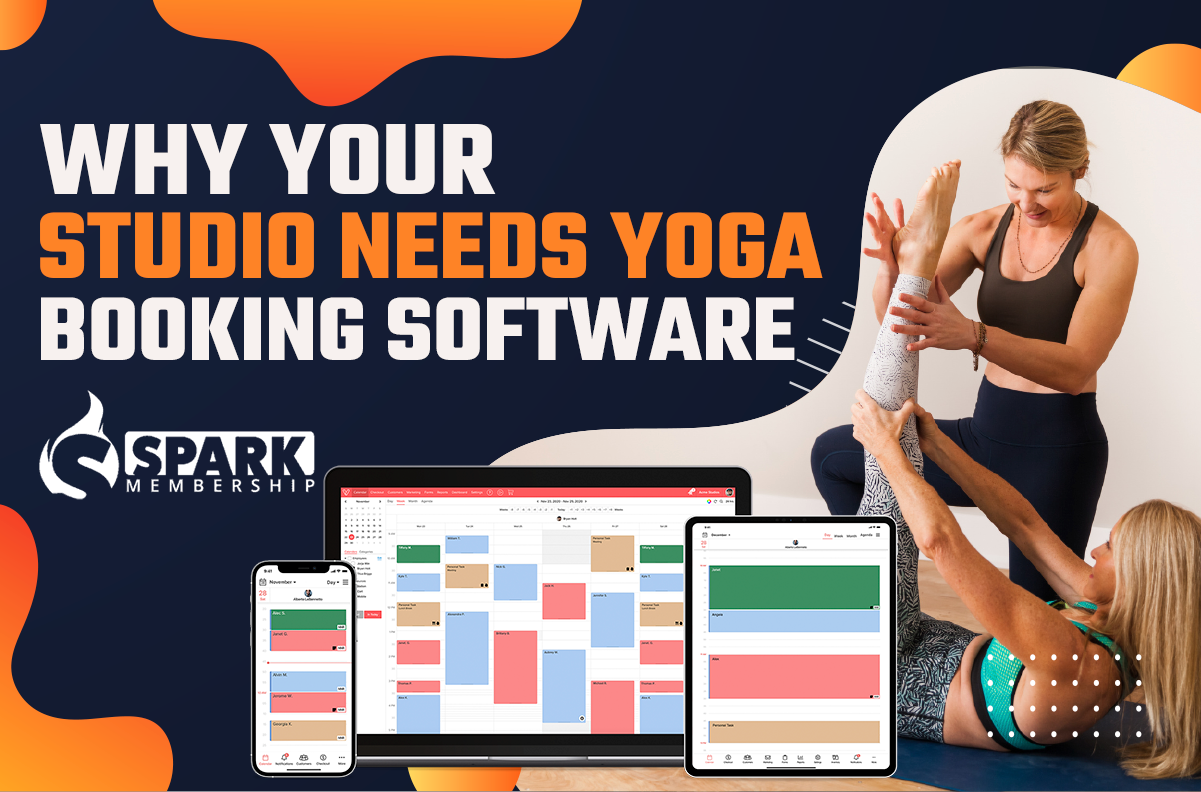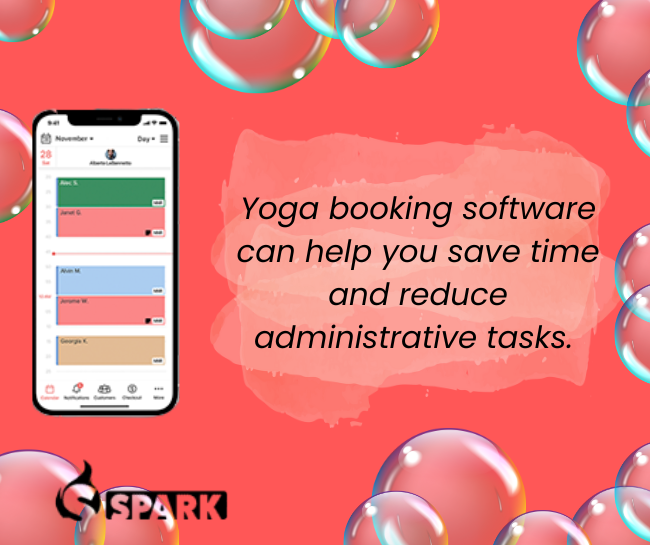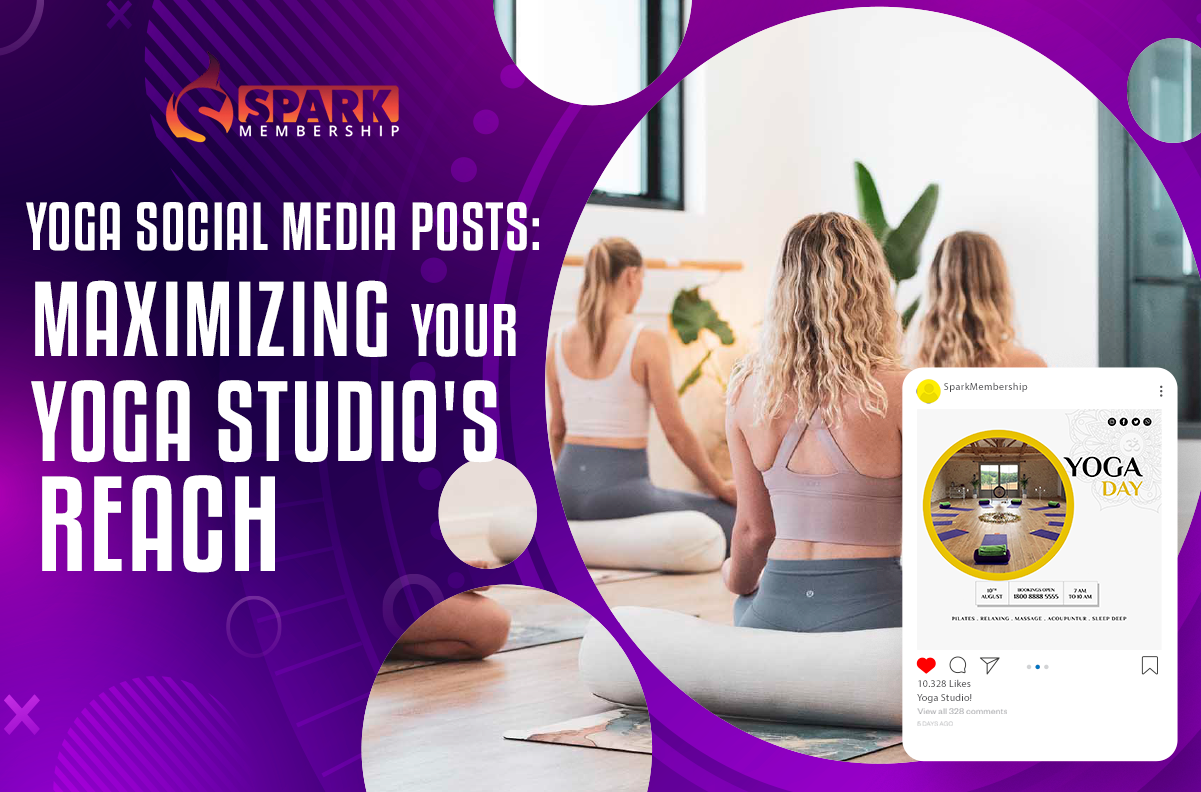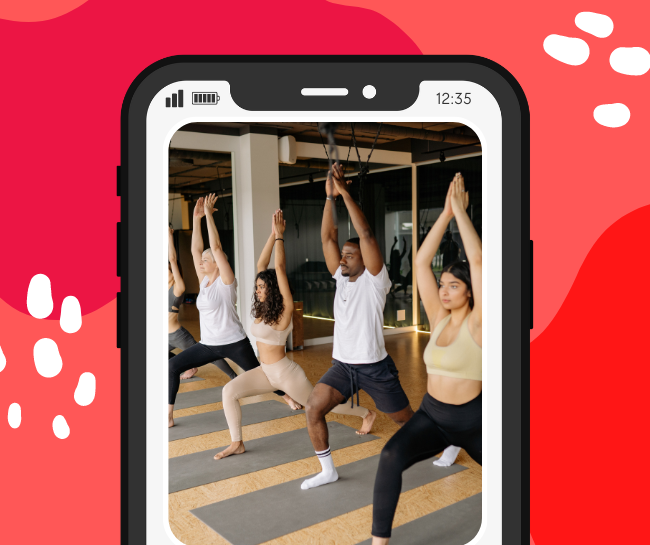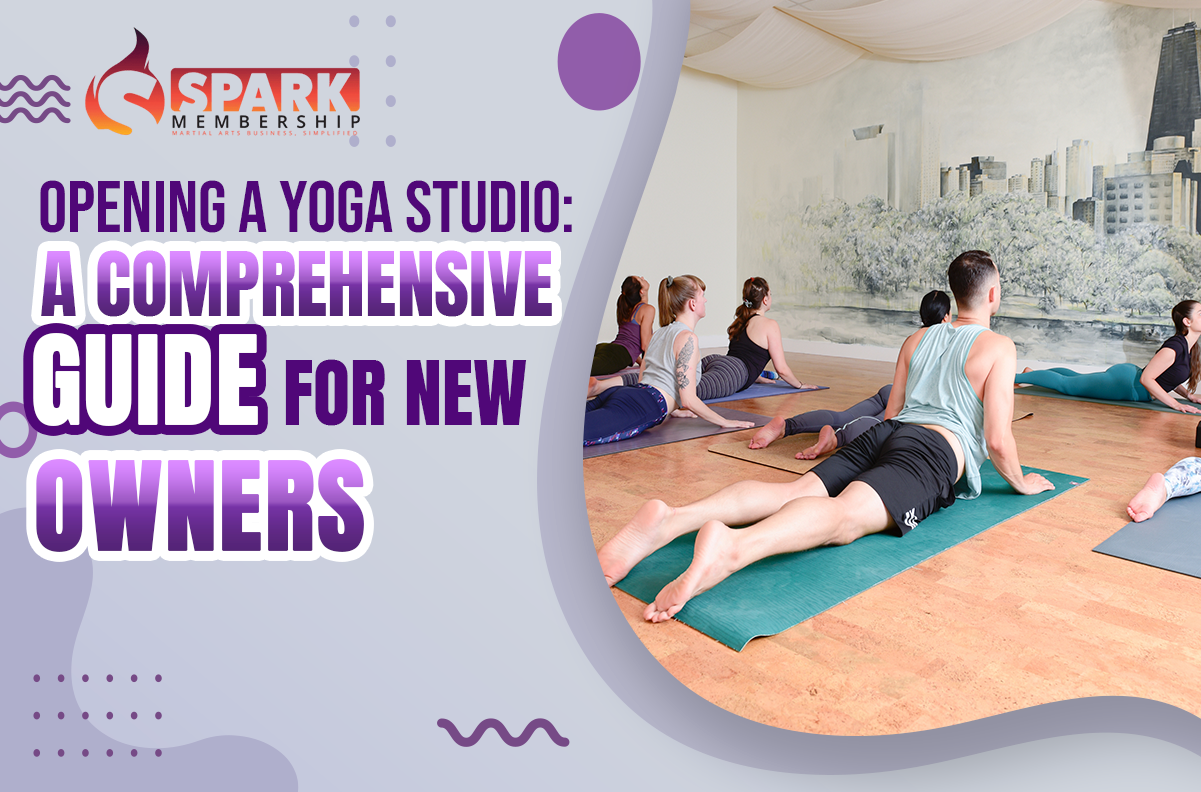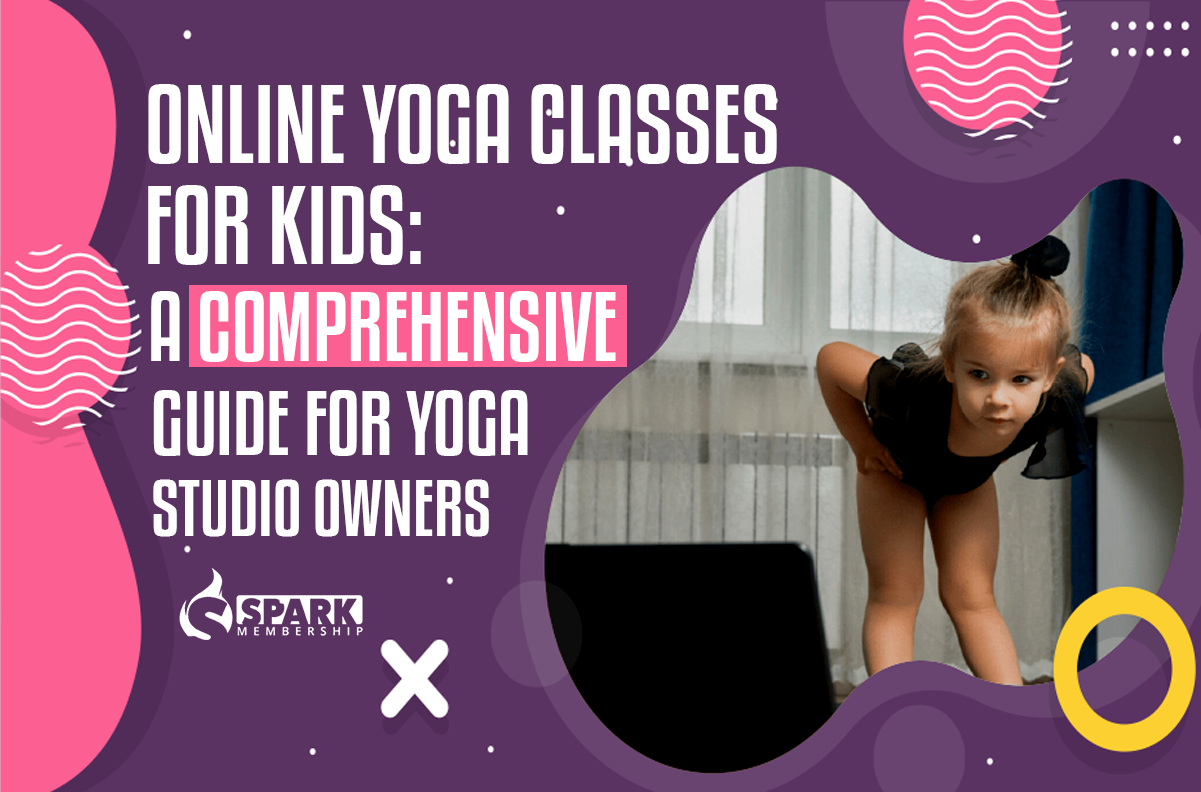
Are you a passionate yoga teacher looking to expand your horizons and explore new career opportunities? The world of yoga offers a multitude of paths for yoga instructors to thrive and make a meaningful impact. In this article, we’ll delve into seven exciting business opportunities for yoga teachers in yoga studios. Whether you’re a seasoned yogi or just starting your journey, these opportunities can help you grow professionally and financially while sharing the benefits of yoga with others.
Teaching Regular Yoga Classes

Teaching yoga classes is the most common path for yoga instructors. You can offer a variety of classes, from beginner to advanced, hot yoga to prenatal yoga. As a certified teacher, you have the skills to guide students on their yoga journey. By building a dedicated following, you can create a stable income stream.
💡 Teaching regular yoga classes is essential for yoga studio owners, fostering community engagement
Private Yoga Sessions
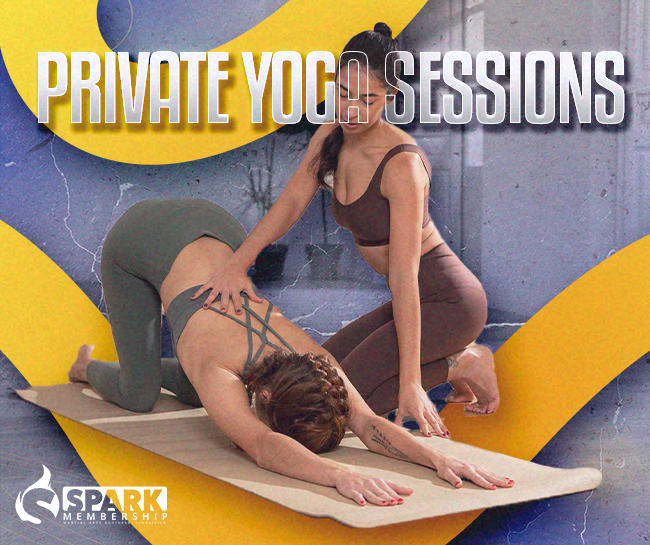
Many individuals prefer one-on-one attention or have specific needs that group classes may not fulfill. Offering private yoga sessions allows you to tailor your teaching to the individual’s goals and needs. This personalized approach can be highly rewarding and lucrative.
Yoga Workshops and Retreats

Hosting yoga workshops and retreats can be an enriching experience. These events offer a deeper exploration of yoga practices and can attract students seeking a transformative experience. Choose exotic locations for retreats to provide a unique and memorable experience for participants.
💡 Yoga workshops and retreats amplify business opportunities for yoga teachers, attracting and engaging yoga studio owners looking to enhance their offerings and community appeal.
Online Yoga Classes
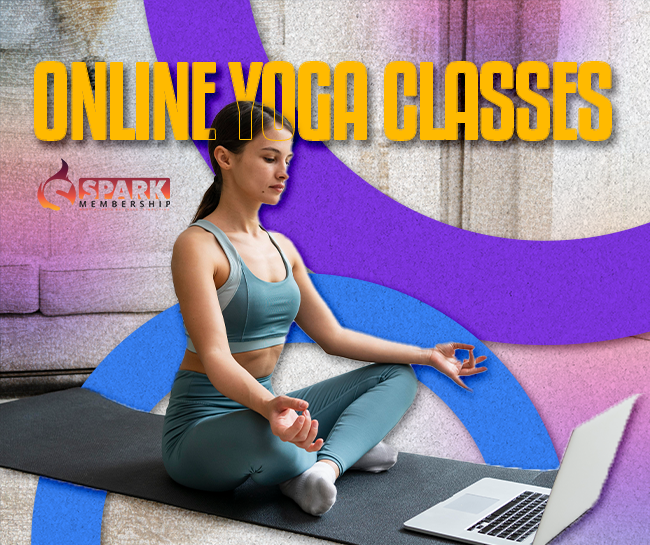
In today’s digital age, reaching a global audience is easier than ever. Consider offering online yoga classes via platforms like Zoom or through your website. This allows you to connect with students from around the world and diversify your income.
Yoga Teacher Training

Sharing your knowledge and expertise by becoming a yoga teacher trainer can be a fulfilling career move. Train future yoga instructors, help them earn their certifications, and contribute to the growth of the yoga community.
Yoga Merchandise and Apparel

If you have an entrepreneurial spirit, consider creating your line of yoga merchandise and apparel. This can include branded yoga mats, clothing, or even yoga accessories. Sell these products online or in local yoga studios to generate passive income.
💡 Yoga Merchandise and Apparel offer teachers a lucrative avenue for business expansion—tapping into both passion and profit.
Yoga Blog or YouTube Channel
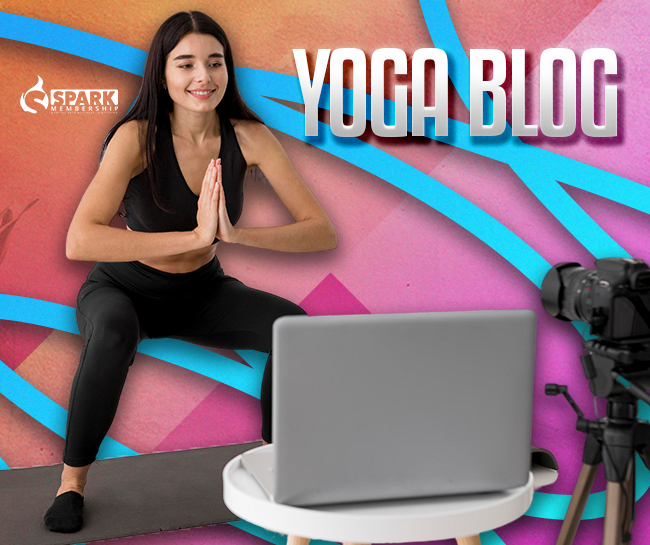
Express your passion for yoga by starting a yoga blog or YouTube channel. Share your insights, tutorials, and personal experiences with a global audience. Monetize your content through ads, sponsorships, and affiliate marketing.
In the world of yoga, the opportunities for yoga teachers in yoga studios are abundant and diverse. Whether you choose to teach regular classes, host retreats, or start your yoga merchandise line, your passion and expertise can lead to a fulfilling and prosperous career. Embrace these opportunities, continue to learn and grow, and share the gift of yoga with the world.
Ignite success in your yoga studio! Unleash the power of Spark Membership Software, the ultimate all-in-one solution tailored exclusively for yoga studio owners. Revolutionize your management and elevate your studio experience.
